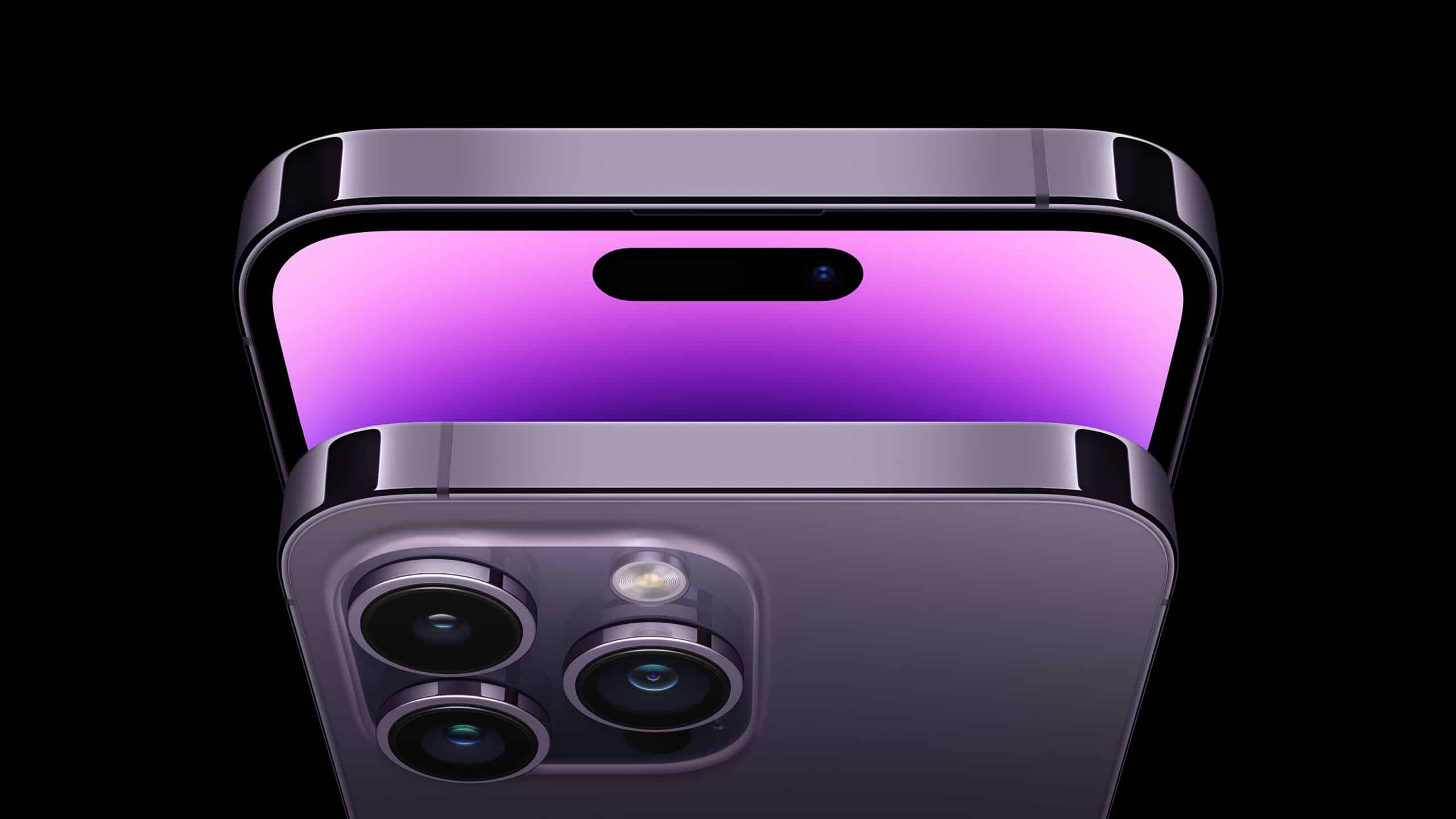The first iPhone 14 Pro benchmarks have surfaced on Geekbench and AnTuTu, which demonstrate the performance improvements offered by Apple’s brand new 4nm A16 Bionic chip. Here is what we have found so far based on the numbers.
Update: newer benchmarks have appeared on Geekbench which show a definite improvement in not just single-core, but also multi-core benchmarks. We have updated them below in our comparison.
The new benchmarks show a 9% increase in single-core performance, and around 15% increase in multi-core score. The single-core score is higher by almost 150 points compared to the A15 chip, while the multi-core score is up by almost 700 points.

iPhone 14 Pro benchmarks
As of now, we do not know the Metal benchmarks yet which would demonstrate the graphical prowess of the new chip. You can see below the Geekbench and AnTuTu benchmarks, where applicable, for various iPhone 14 and iPhone 13 models:
iPhone 14 Pro‘s A16 Bionic chip has the following scores:
Geekbench
- Single-core: 1,887
- Multi-core: 5,455
- Metal: unknown as of now
AnTuTu
- AnTuTu: 972936
- CPU: 241999
- GPU: 403717
- MEM: 180737
- UX: 146483
iPhone 14 Pro Max benchmarks are as following:
AnTuTu
- AnTuTu: 978147
- CPU: 246572
- GPU: 408723
- MEM: 176151
- UX: 146701
iPhone 13 Pro’s A15 Bionic chip has the following scores on Geekbench:
Geekbench
- Single-core: 1,733
- Multi-core: 4,753
- Metal: 14,216
AnTuTu
- AnTuTu: 823024
- CPU: 210728
- GPU: 318716
- MEM: 161602
- UX: 131978
iPhone 13’s A15 Bionic chip has the following scores:
Geekbench
- Single-core: 1,648
- Multi-core: 4,152
- Metal: 10,608
AnTuTu
- AnTuTu: 767453
- CPU: 203051
- GPU: 3133365
- MEM: 120469
- UX: 130568
To put things into perspective, iPhone 12 Pro had the following scores with its A14 Bionic chip:
- Single-core: 1,575
- Multi-core: 3,858
- Metal: 9,123
Apple said in its launch event that the graphics cores in A16 chip feature 50% more bandwidth compared to its predecessors, while the CPU provides up to 40% better performance than the competition. The charts that Apple used to those what performance improvements did not show any direct comparison between A16 and A15 chips, with the company choosing to compare it against the aging A13 chip, which is still a fast chip.
However, a chip is more than its performance numbers. If Apple’s A16 Bionic chip is able to run through the tasks that iPhone 14 has been marketed for, without a sweat, it would mean that it is a good upgrade. Being energy efficient while powering new features like Dynamic Island, Always-On display, and the improved camera features would mean that the chip is powerful enough.
We will add more benchmarks once they hit the Internet.
Read more: